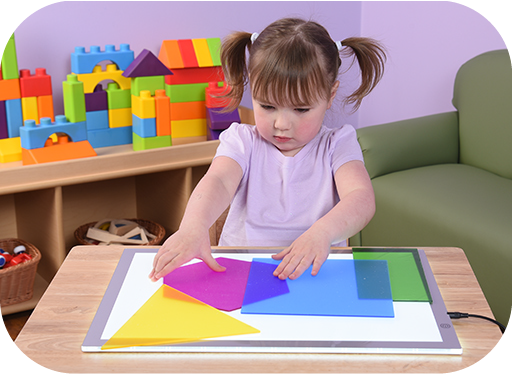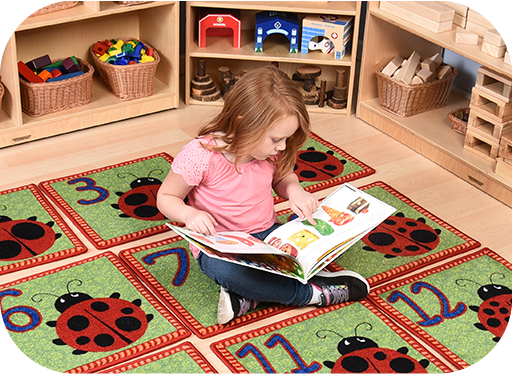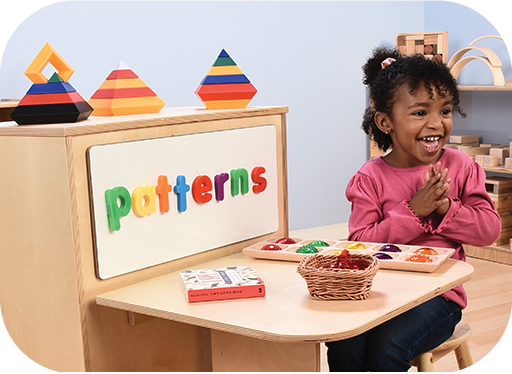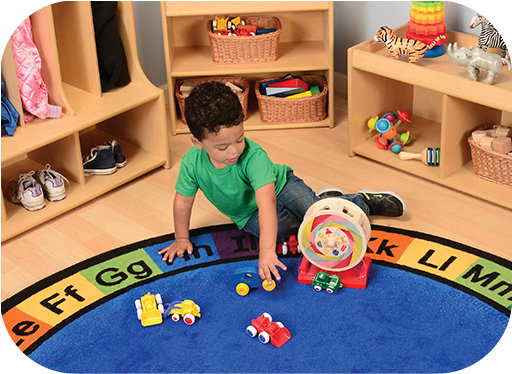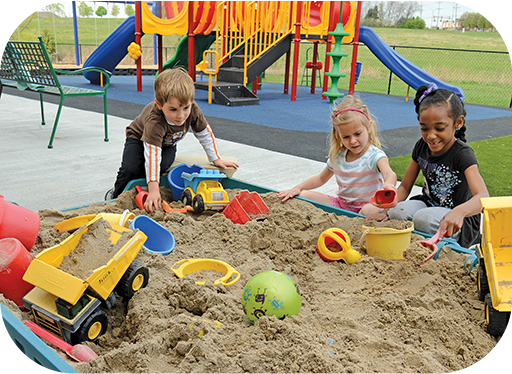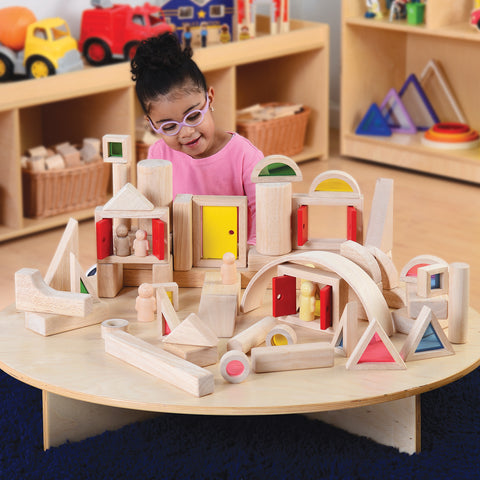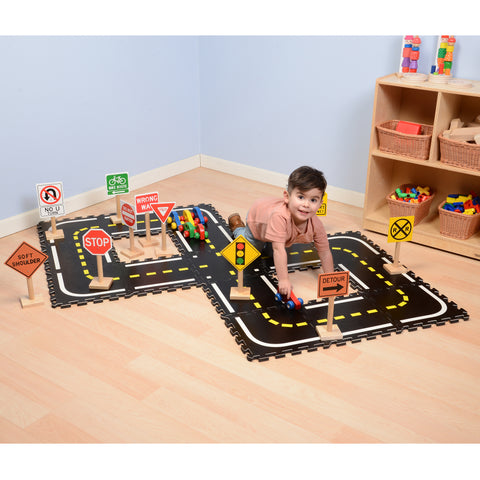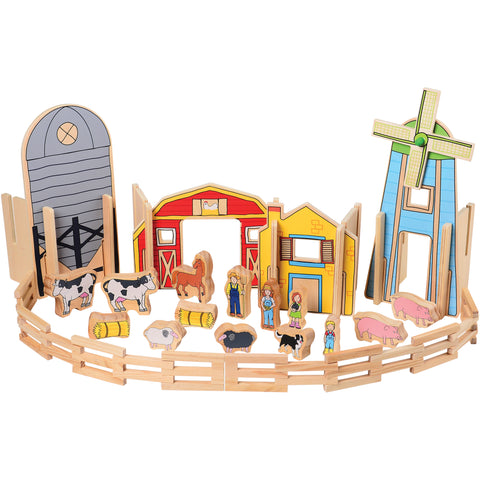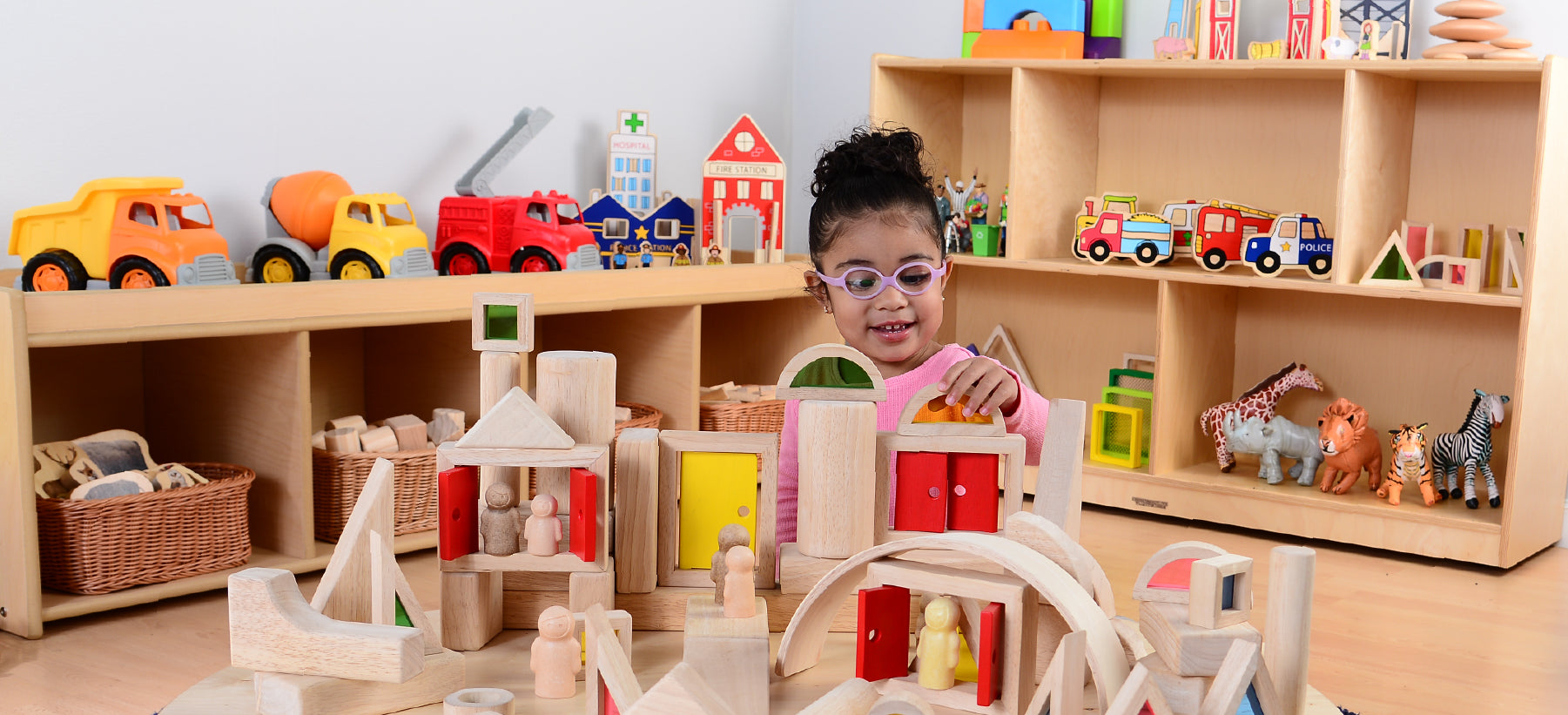
Block Play: Super Simple, Amazingly Fun and Very Effective
Super Simple, Amazingly Fun and Very Effective
Classrooms are filled with a multitude of objects to explore, discover, and manipulate, but none can compare to the rich learning opportunities offered by traditional, solid-wood unit blocks. Unit blocks are simple in design and fun for the youngest of builders. They offer countless STEM opportunities within early childhood classrooms.
Introducing Mathematical Concepts
Wooden unit blocks are fractional units or multiples of one another. In other words, two unit blocks make up a double unit block; two double unit blocks make up a quad block, and so on. Children naturally learn these mathematical concepts through building and constructing with blocks along with discovering the similarities and differences.
During clean-up, children place unit blocks on the block shelf, which aids in them learning to form relationships between the units of the blocks. If blocks are shelved showing their longer sides (not the short ends, which may appear the same) children see exactly where the block belongs. Now they know that two blocks equal one bigger block.
Understanding Geometrical Shapes
Children also learn about 3-D shapes with blocks, another mathematical skill. A unit block is a rectangular prism, with one side being a rectangle. That is fantastic vocabulary for children to understand! Learning about shapes, both 2-D and 3-D, comes through effective teacher interactions with the children when playing or putting away blocks. Adding enriched vocabulary during these times and discussing the shapes furthers mathematical thinking.
Improving Social, Literacy and Science Skills
Playing in the block area also fosters the social concepts of sharing, negotiation, and problem solving, along with enriching children’s approaches to learning. Success in the preschool classroom comes when children figure out how to make their ideas come to life in their building. There is often a period of trial and error, otherwise known as cause and effect (why, hello sneaky science concept!), when learning occurs. A group of children cooperatively building together cultivates curiosity and persistence within the play. If they take markers and paper to make signs, roads, or labels for their block structures, literacy skills are enhanced. Other fun materials that enhance play in the block area include people, vehicles, animals, and a wider variety of shapes of blocks and building materials. By rotating in new and/or different materials to use, new creations and possibilities are endless.
As you can see, when creativity takes hold, block building turns into an elaborate play scenario where learning across multiple domains is realized! By supervising safe, intentional interactions and engaging the children with stimulating dialogue during the playtime, your block area may just be the highlight of your room and your children’s educational experience.
Shop Blocks:


